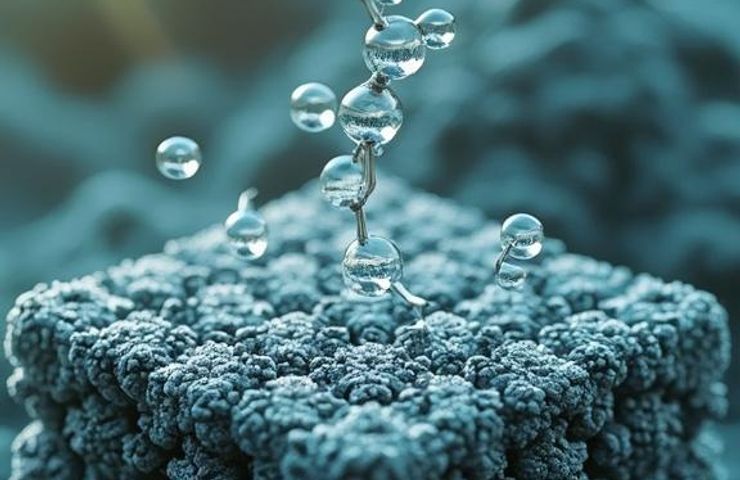
Ruthenium Catalyst Breakthrough Could Reshape Hydrogen Production and Ammonia Decomposition
July 17, 2025A Game-Changer in Hydrogen Production and Clean Ammonia
Scientists have just made a huge leap forward in the world of hydrogen production and clean ammonia by creating a cutting-edge ruthenium-based catalyst. What’s so exciting about it? This new approach uses something called the solvent dynamics-limiting effect to engineer homoatomic heterophase (fcc/hcp) ruthenium interfaces. That might sound technical, but here’s the bottom line: these structures help reduce resistance where different materials meet, making it easier for charge to flow through. That means more efficient reactions across a wide range of pH levels—yes, even in challenging environments. It’s a clear win for sustainable energy tech.
Heraeus Precious Metals: Driving Innovation with Ru-Based Catalysts
Germany’s very own Heraeus Precious Metals is right at the forefront of this innovation. The company isn’t just developing these advanced Ru-based catalysts—they’re also focused on making them recyclable, which fits perfectly with their mission to champion sustainable, precious metal-based technologies. And there’s more: when these catalysts are paired with smart design tweaks—like fine-tuned carbon supports or nitrogen doping—they open the door to compact, modular setups for hydrogen production.
A Step Closer to Clean, Decentralized Energy
This new breakthrough comes at just the right moment. The hydrogen economy has been bumping up against some big challenges: high operating costs, sluggish efficiency at room temp, and instability in key materials. This next-gen catalyst could be the answer to those problems. If scaled effectively, it has the potential to help build a more resilient, decentralized energy grid powered by green hydrogen and clean ammonia. All in all, it’s a promising push toward industrial decarbonization and a cleaner energy future.
Source: Wiley



 With over 15 years of reporting hydrogen news, we are your premier source for the latest updates and insights in hydrogen and renewable energy.
With over 15 years of reporting hydrogen news, we are your premier source for the latest updates and insights in hydrogen and renewable energy.